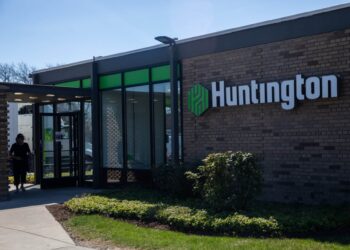Ally Boosts Used Financing to Offset Lower GM, Chrysler Penetration Rates in 3Q

Despite lower penetration rates financing General Motors and Chrysler vehicles, Ally Financial’s efforts to diversify originations kept volume consistent year over year, according to the lender’s third-quarter earnings.
Ally’s penetration rates for General Motors and Chrysler were the lowest seen this year. GM’s penetration rate decreased to 5% compared with 7% during the same time last year. Meanwhile, Chrysler’s rate dropped to 10.3% compared with 13.1% the year prior. Ally’s auto originations include $4.3 billion of used-retail volume, $2.8 billion of new-retail volume, and $1 billion of leases — totaling a flat $8.1 billion year over year.
“As we continue to build out the growth channel, we’ll continue to see GM and Chrysler as a percent of our originations come down,” Chief Financial Officer Jennifer LaClair said during the earnings call. “And that’s been a deliberate part of our strategy.”
The lender is sourcing an estimated 3 million applications per quarter from dealers enabling optimized risk-adjusted return volumes. This application volume is a result of “the success [Ally] had in maintaining volume while highlighting the opportunity we have to continue deepening dealer relationships by leveraging our product capabilities, service levels, and market position,” Chief Executive Jeffrey Brown said.
The tactic to focus on servicing dealers has allowed Ally to navigate the competitive landscape as the lender is “immune” from the “behaviors” of OEMs, LaClair said.
Captive finance arms feel more pressure to finance new vehicles and provide more aggressive financing, Richard Shane, an analyst from JPMorgan Securities, said during the call. To that end, the shift of consumer demand toward used and away from new has optimized Ally’s strategy.
“The fact that we’ve been able to lean in on used has, to some degree, shielded us from OEM behaviors,” LaClair said. “And our expertise in that space coupled with the fact that consumers are leaning into used this year, I think, disproportionate to what we’ve seen in the past, has positioned us really, really well in this space.”
Additionally, the net charge-off rate for the third quarter was 1.32% of the total portfolio, down 13 basis points compared to the same time the year prior. Meanwhile, delinquencies 60 days or more remained flat, barely growing to 0.57% from 0.56% the previous year.















